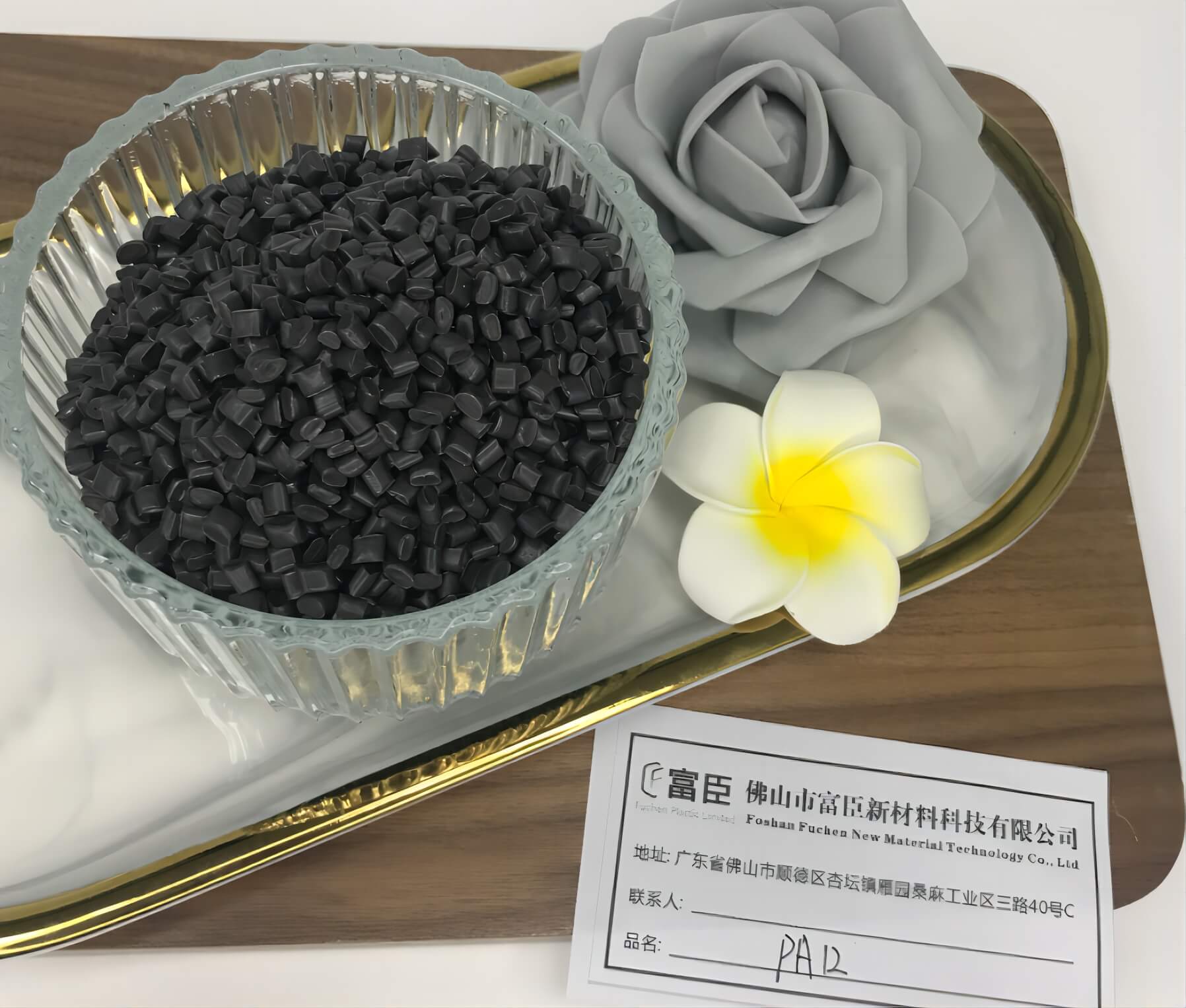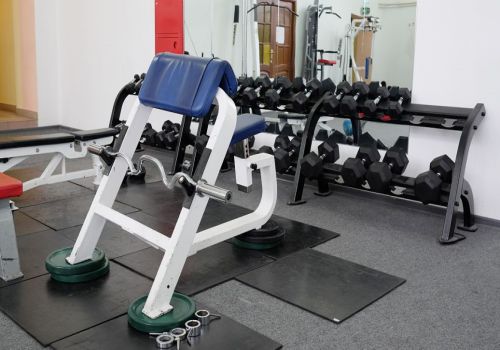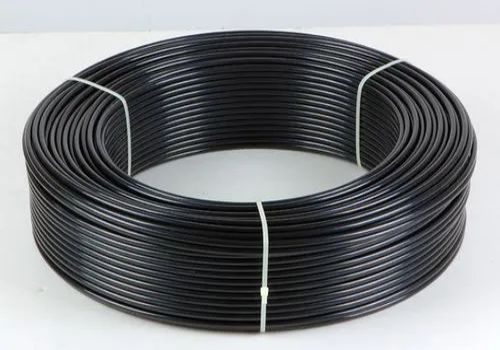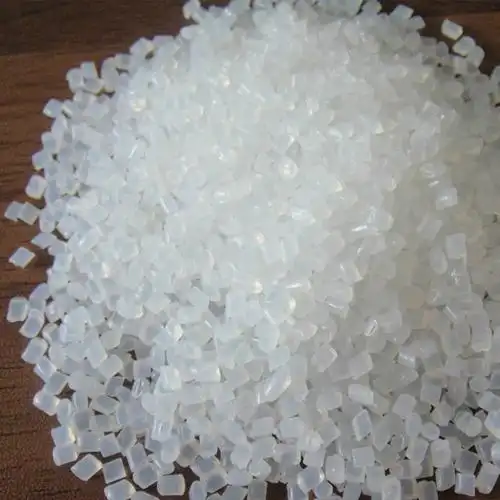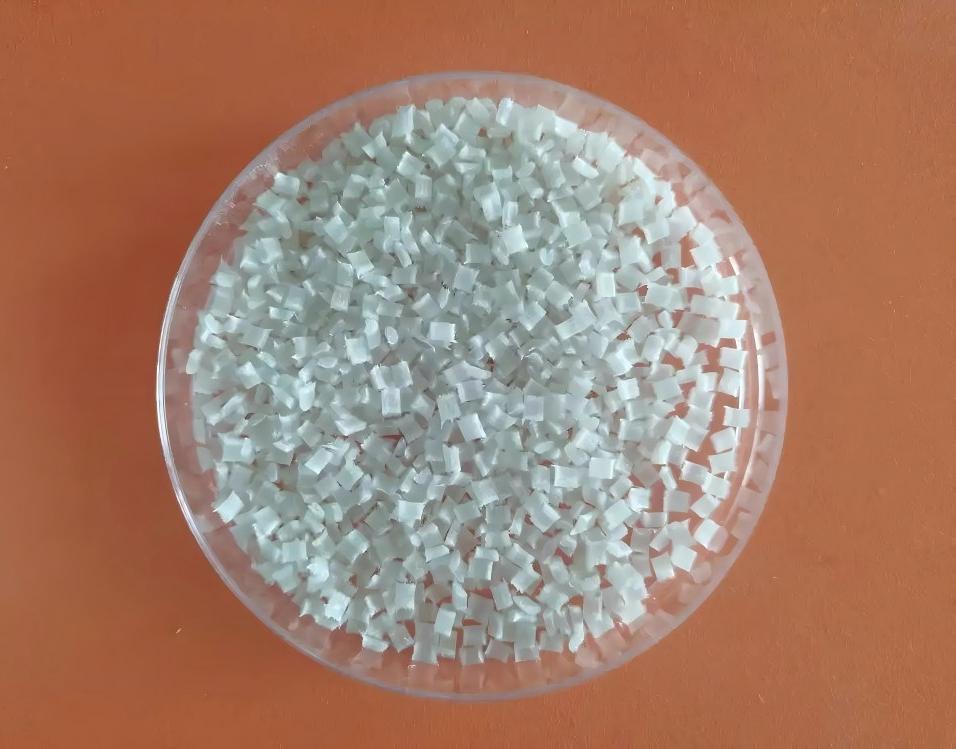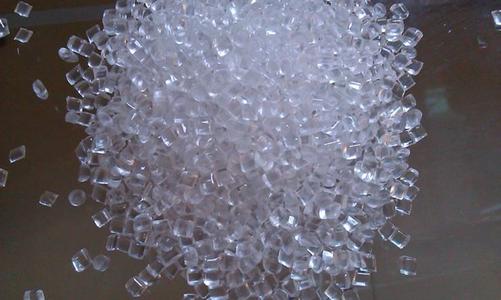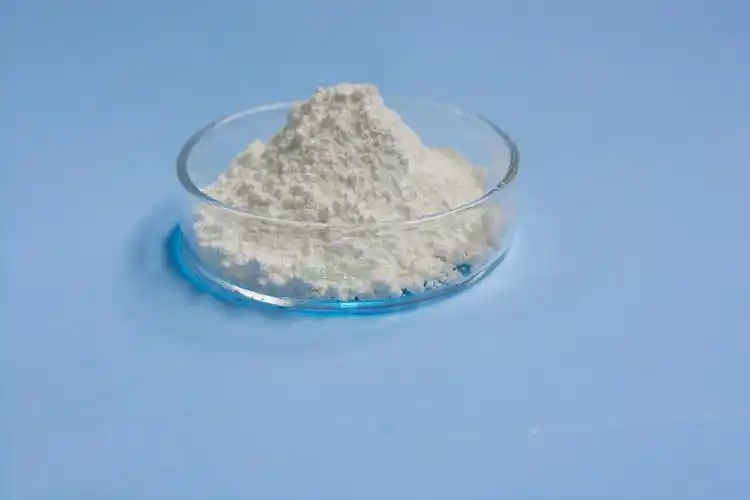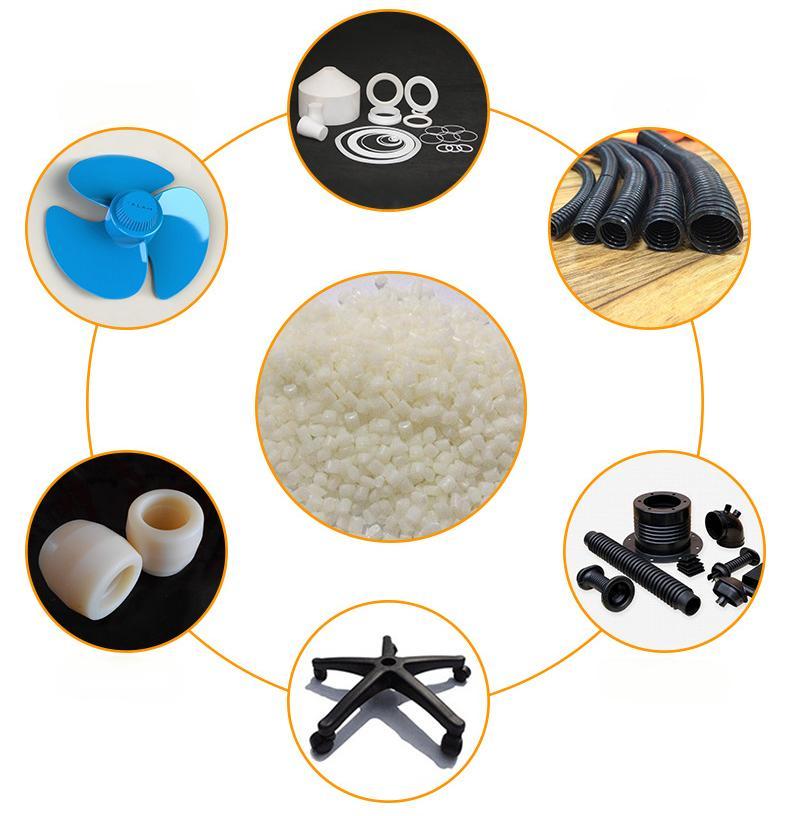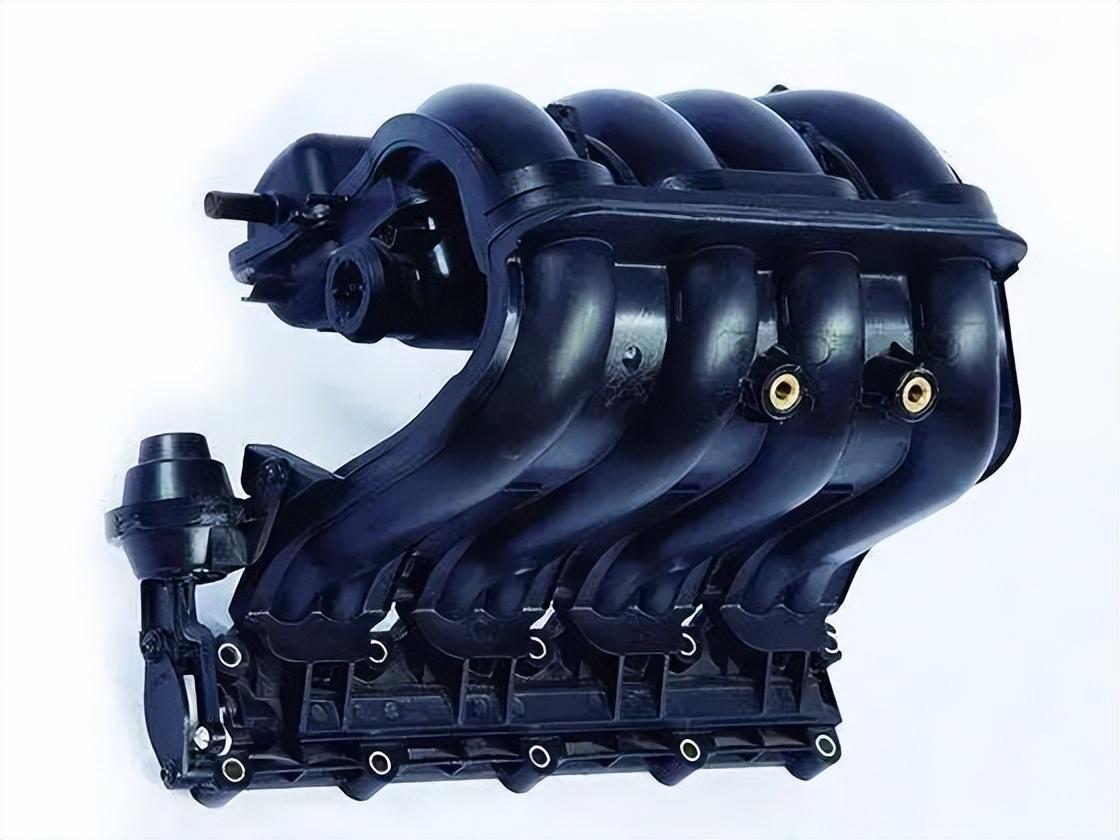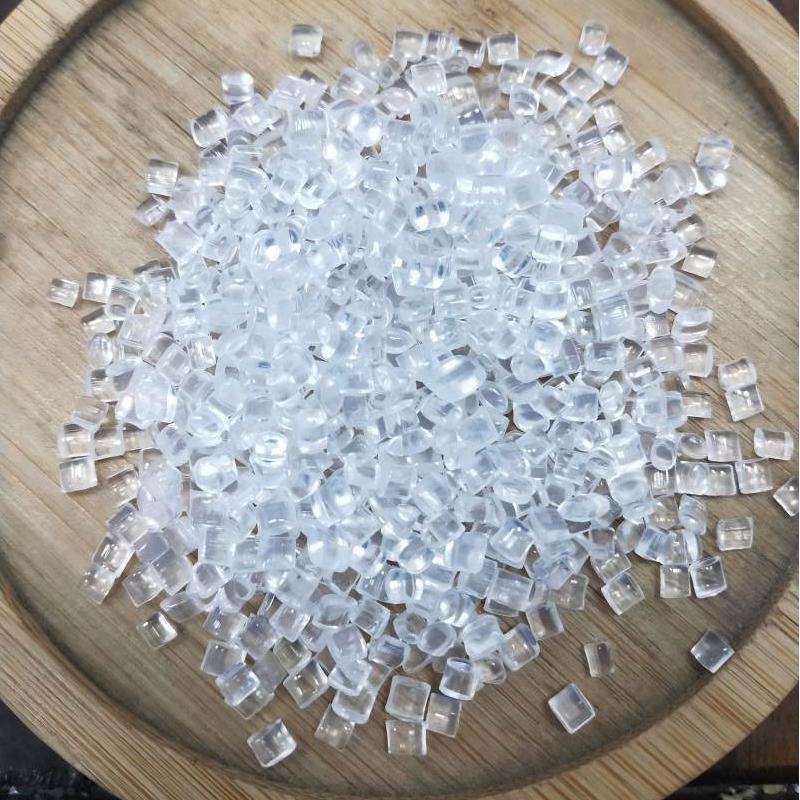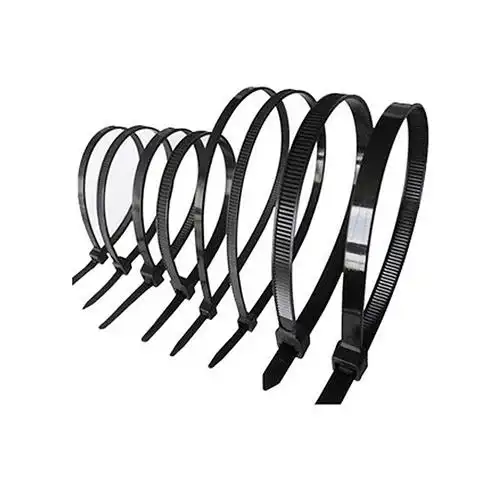Here’s a closer look at how PA12 resin compares to PA6:
- Low-temperature performance: PA12 excels in cold environments, remaining flexible and functional at much lower temperatures than PA6.
- Impact strength: PA12 resin offers superior impact resistance, making it more resistant to shocks and fractures.
- Chemical resistance: PA12 exhibits better resistance to a wider range of chemicals compared to PA6.
However, there are also some trade-offs to consider between PA12 resin and PA6:
- Melting temperature: PA12 has a lower melting temperature compared to PA6. This can limit its use in high-heat applications.
- Cost: PA12 resin is generally more expensive than PA6.
In conclusion, when choosing between PA12 resin and PA6, the deciding factor often comes down to the specific application’s requirements. If low-temperature performance, impact strength, and chemical resistance are critical, PA12 resin might be the better choice. However, if cost or high-heat resistance is a major concern, PA6 might be a more suitable option.
